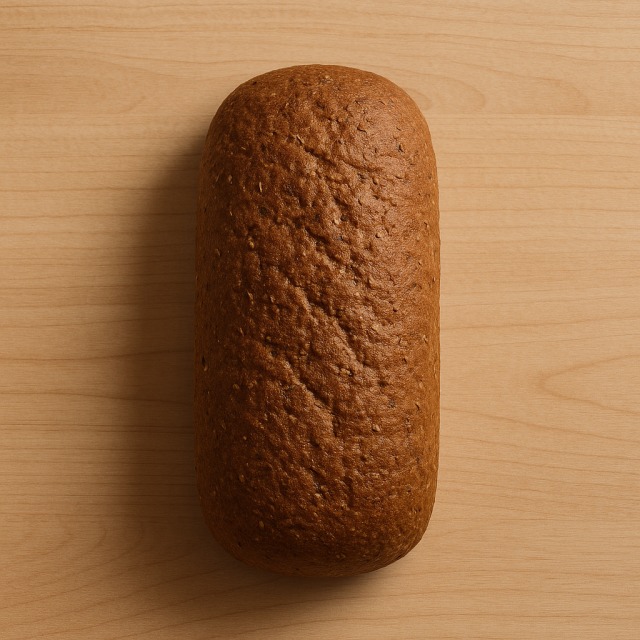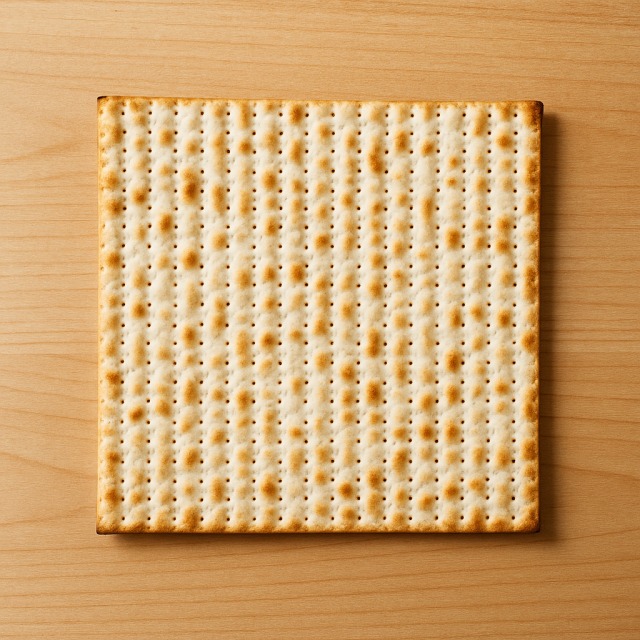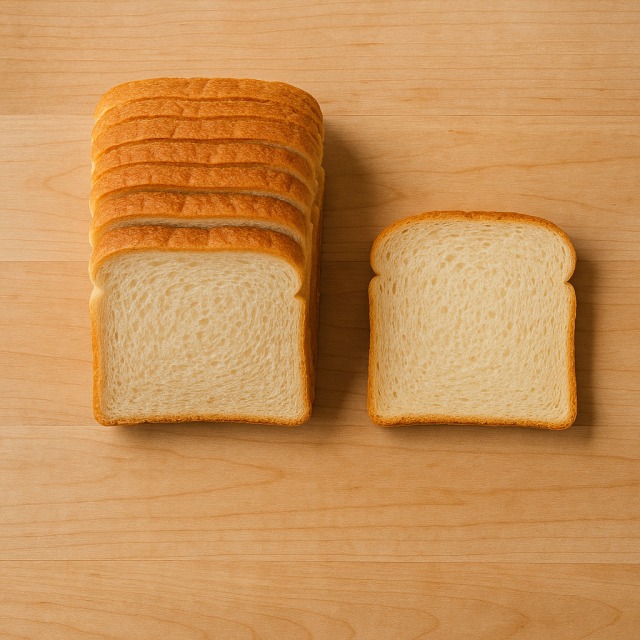Calorie Chart / Trimmings / Bread - Baguette
How Many Calories Are in Baguette?
Calculation of the nutritional value & Recommended Dietary Intake of baguette
For g and a calorie requirement of kcal
| Calories 110 kcal | Proteins 3.4 g | Lipids 0.4 g | Carbohydrates 23 g |
| 6% | 5% | 1% | 8% |
Health benefits of baguette

Baguette - 100g
Calories 275 kcal
Proteins 8.5 g
Lipids 1 g
Carbohydrates 58 g
The French baguette is a moderate-calorie food: it delivers enough calories to fuel daily activities without reaching the very high calories of richer bakery items. Those calories come mainly from complex carbohydrates that provide steady energy rather than the quick sugar spike associated with sweets. For anyone monitoring calories, this makes a baguette a practical choice compared with pastries that pack far more calories in the same weight.
Although simple in appearance, a baguette supplies several micronutrients. White wheat flour naturally contains B-group vitamins (notably thiamine B1, niacin B3 and folate B9) that support nervous system function and help convert calories into usable energy. Fermentation also concentrates minerals such as iron, manganese, and selenium, all useful for red blood cell formation and antioxidant protection. These nutrients, combined with its moderate calories, explain why the baguette can fit into many balanced menus.
If you opt for a "traditional" or partially wholemeal baguette, you obtain more fibre, which slows digestion of calories and supports gut health. Fibre can create a greater feeling of fullness for the same calories, an asset for weight-management plans. Athletes appreciate the easily digestible starch that rapidly restocks muscle glycogen after training while limiting fat calories.
Finally, the baguette is a cultural icon: French law restricts its ingredients to flour, water, yeast, and salt—no added fat, so almost all its calories come from carbohydrates. This simple recipe dates back to the 19th century and, since 2022, the "artisanal know-how and culture of baguette bread" has been listed as UNESCO intangible heritage. Enjoying it in moderation lets you taste history without overloading on calories.
Tips for incorporating baguette into a balanced diet
Because the baguette offers mainly carbohydrates and moderate calories, pair it with high-protein or high-fibre foods to keep the overall calories of the plate in check. A classic post-workout snack is a tartine topped with sliced chicken breast and tomato: the baguette replenishes glycogen while the poultry brings lean proteins without excessive calories.
For breakfast, try half a baguette brushed with mashed avocado, a poached egg, and a sprinkle of lemon juice. You receive good fats, proteins, and steady-release calories in one meal. The creamy topping helps you feel satisfied so you do not chase extra calories mid-morning.
At lunch, transform yesterday's baguette into a balanced sandwich: fill it with flakes of smoked salmon, cucumber, and a light yogurt dressing. You gain omega-3s while keeping calories lower than with mayonnaise-laden versions. Serve with a bowl of pumpkin soup to add volume for negligible calories.
For dinner, accompany a modest slice of baguette with a dish rich in vegetables, such as ratatouille. The fibres and water of the vegetables dilute the calories of the meal, allowing you to enjoy bread without concern. If you crave cheese, choose a thin portion of Camembert; its strong flavour means a small amount satisfies taste buds without piling on too many calories.
A handy rule of thumb: keep baguette portions to a palm-sized piece (roughly 40–50 g). Combine it with lean proteins and colourful vegetables, and you will balance flavours, textures, and calories with ease.
Frequently Asked Questions
- How many calories are in a baguette?
- There are 275 kcal per 100 g.
- Is baguette considered high in calories compared with other breads?
- No, it sits in the middle: its 275 kcal per 100 g are more calories than a slice of wholemeal bread of equal weight but fewer calories than butter-rich brioche.
- Can I eat baguette while trying to reduce my daily calories?
- Yes—control the portion (one small piece) and pair it with low-calorie toppings like grilled vegetables or fromage blanc 0% to keep total calories moderate.
- Does toasting the baguette change its calories?
- Toasting only removes moisture; the calories remain almost identical. Any extra calories come from toppings such as oil or butter.
- How does a baguette fit into an athlete's calorie plan?
- The fast-digesting starch helps restore glycogen, making its calories valuable after training. Combine it with high-protein foods like turkey cutlet to optimise recovery.
- Is a gluten-free baguette lower in calories?
- Not necessarily. Many gluten-free recipes use rice or potato starch that provide similar or sometimes higher calories, so always check the label.
Similar foods
Information provided by Calorie Menu may contain inaccuracies or errors. It cannot, under any circumstances, substitute medical advice or medication.










